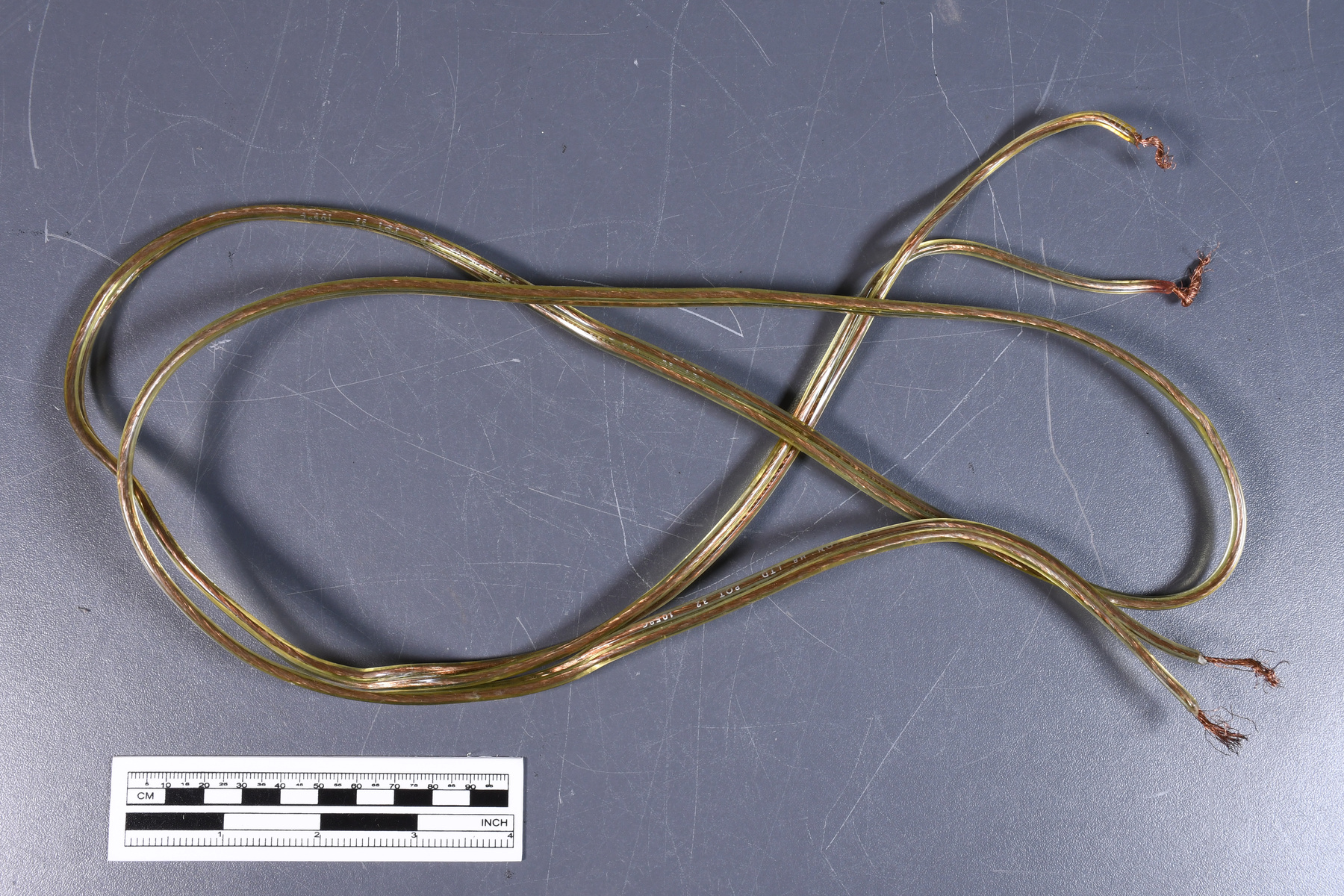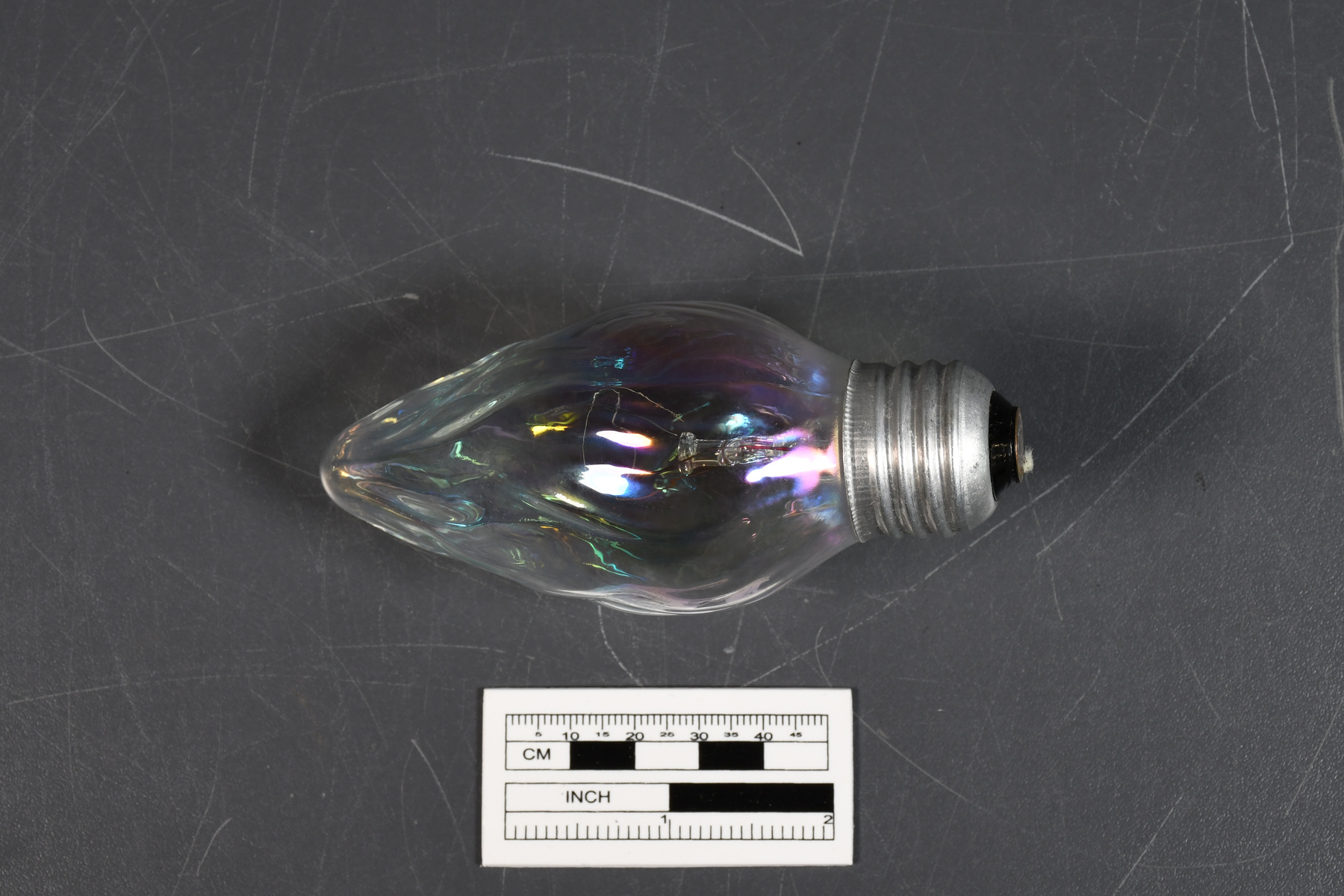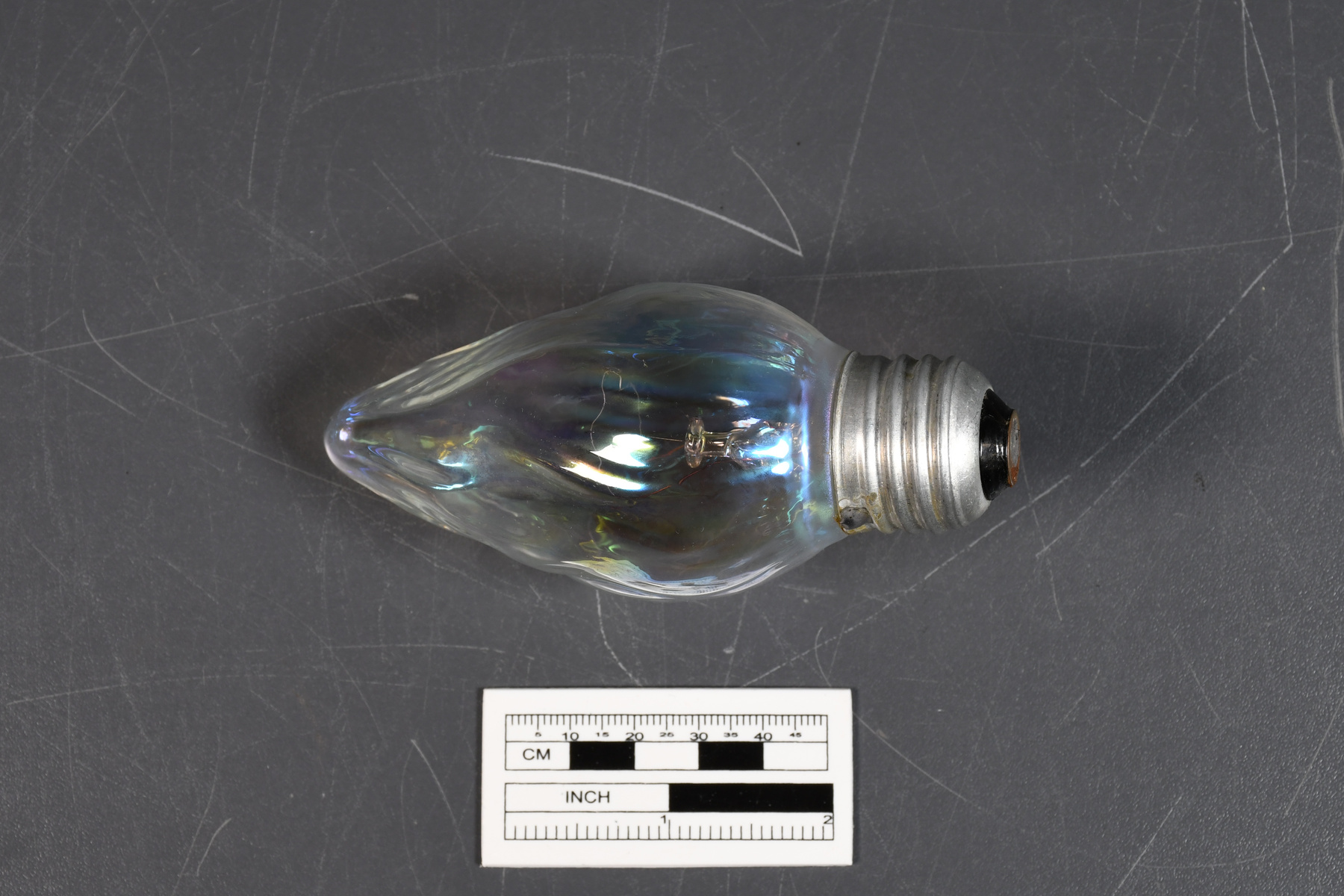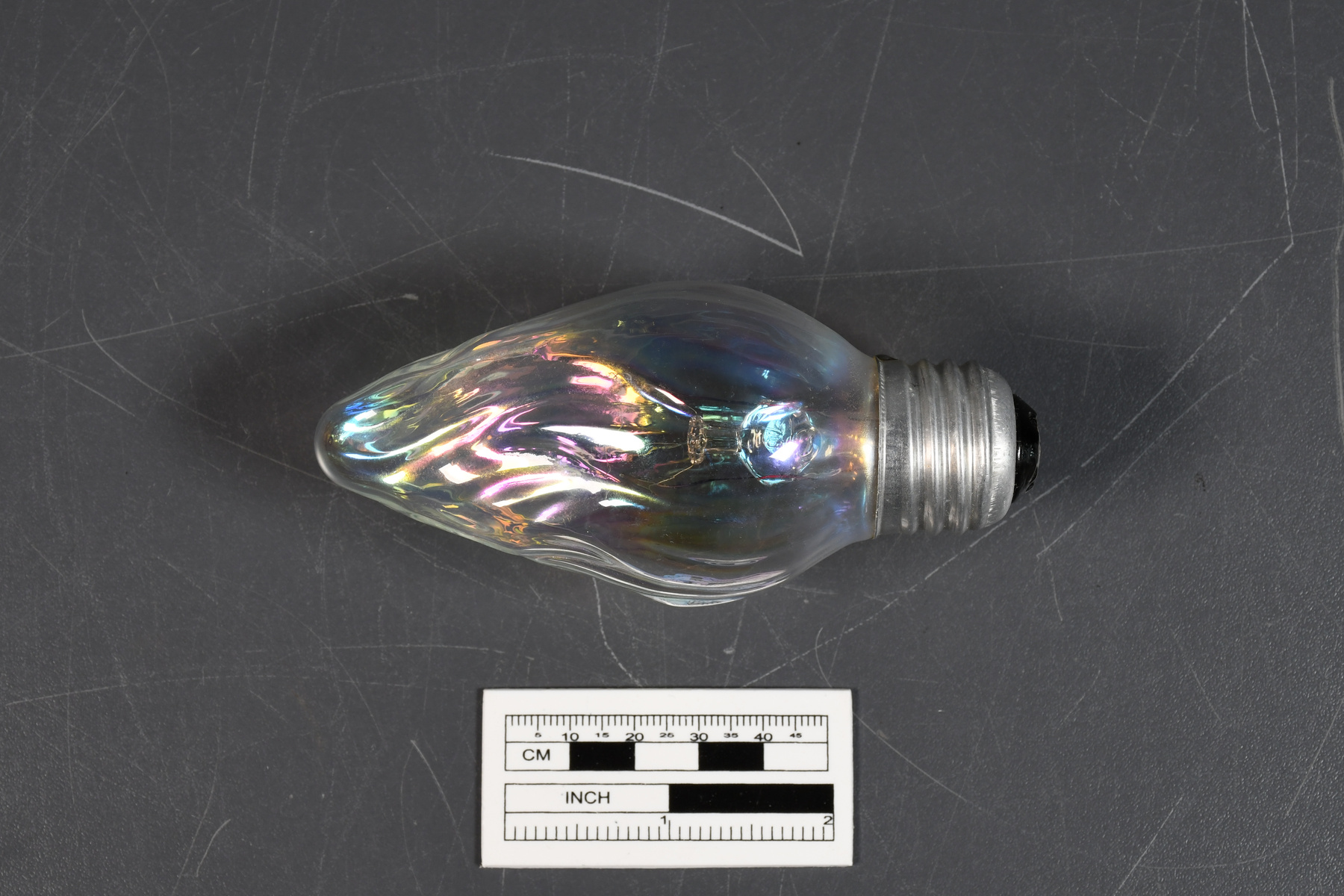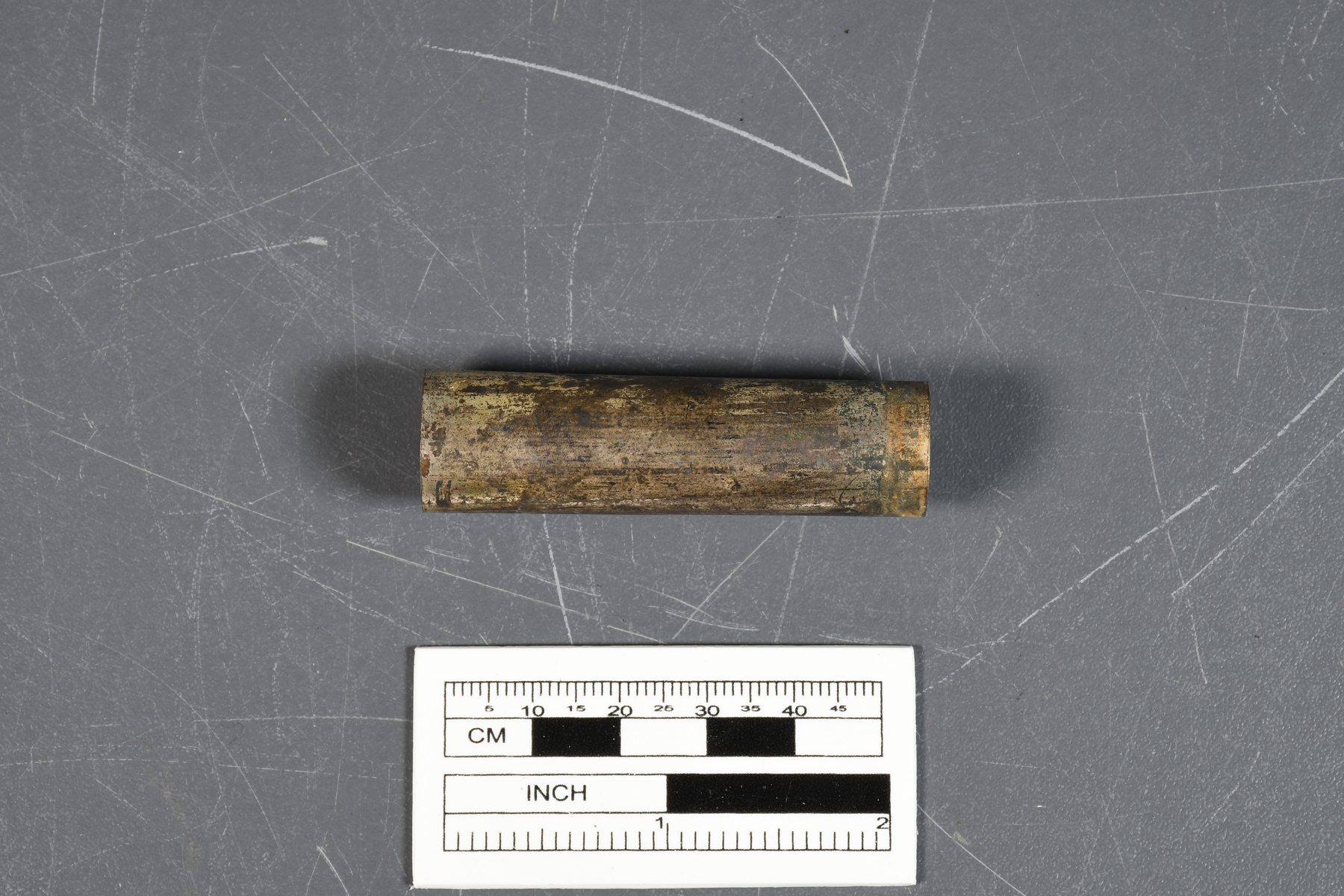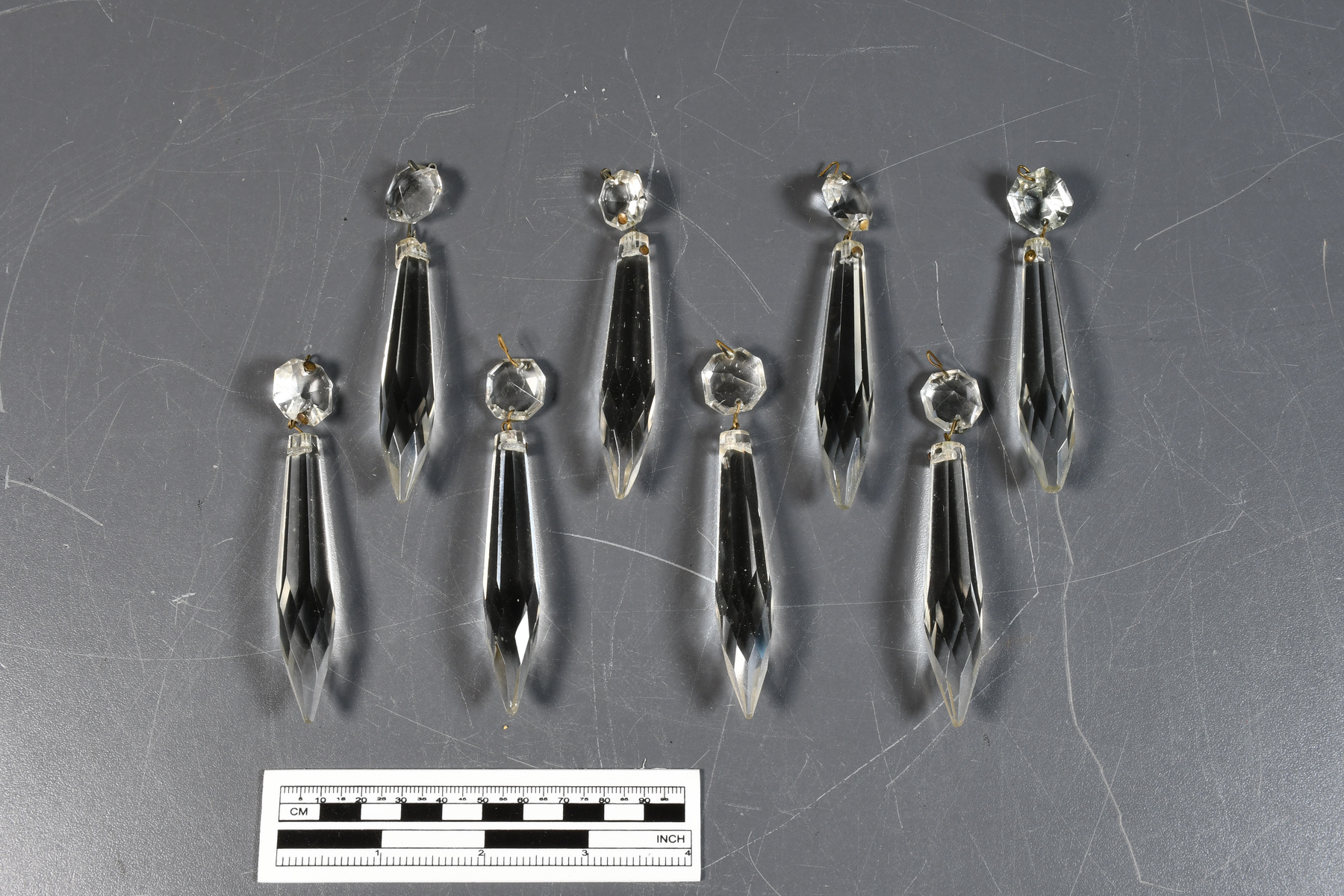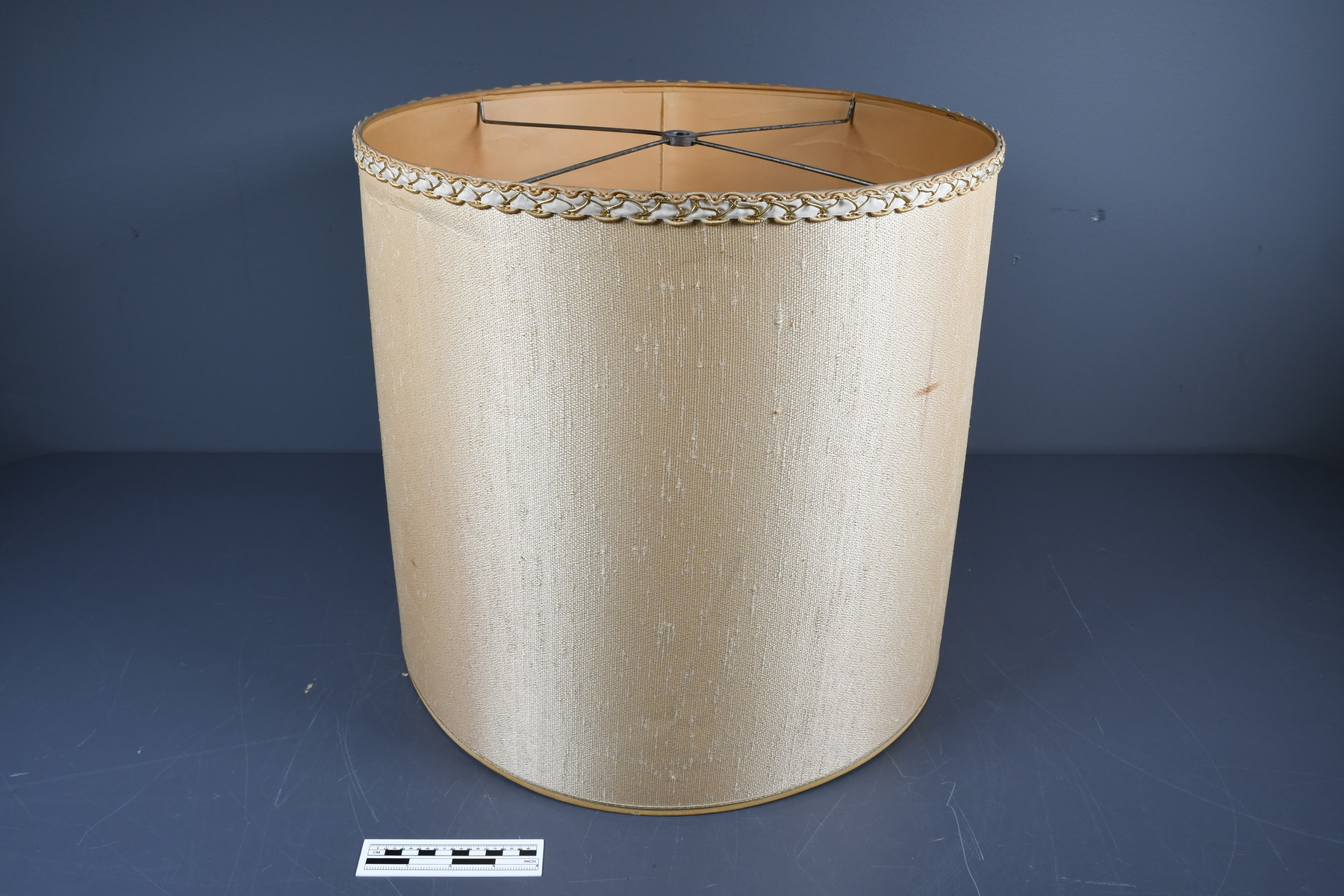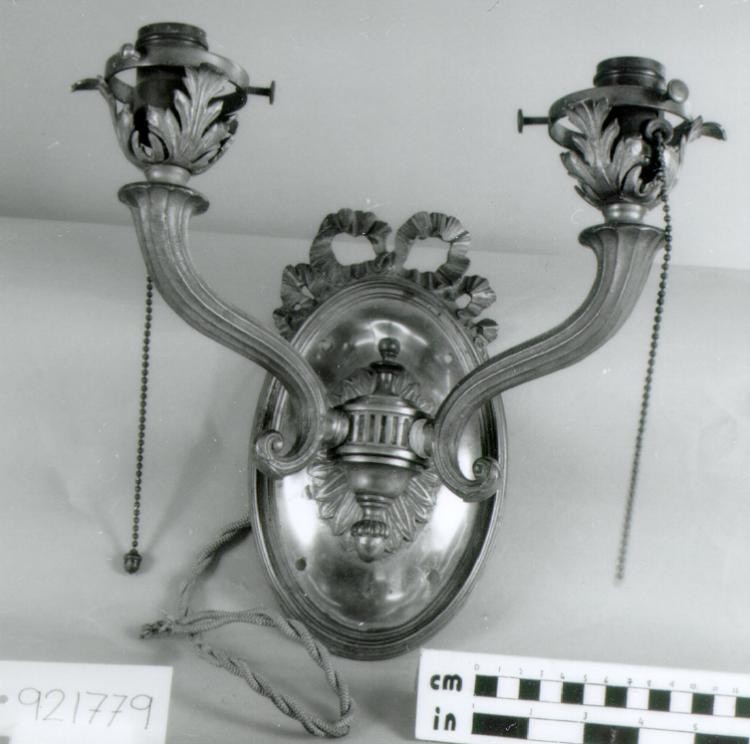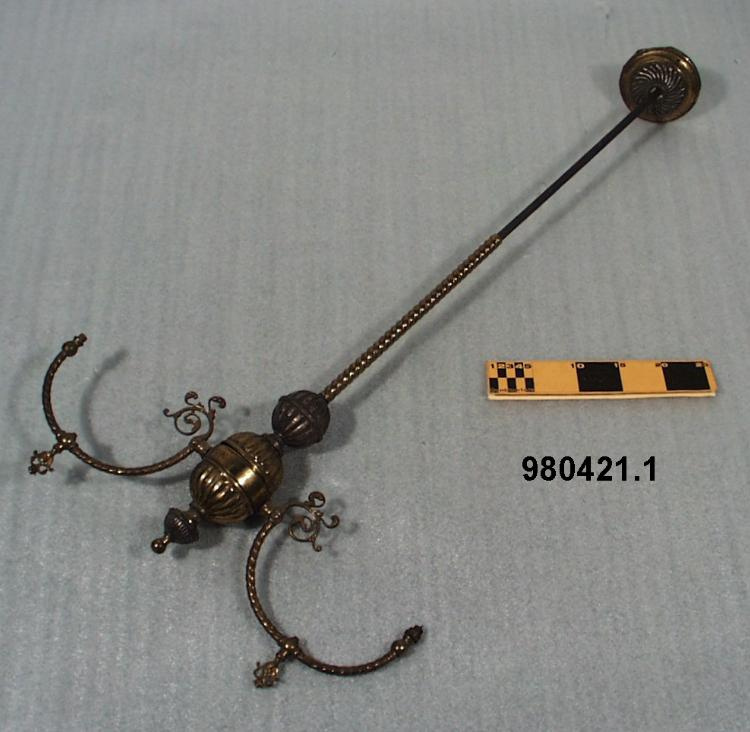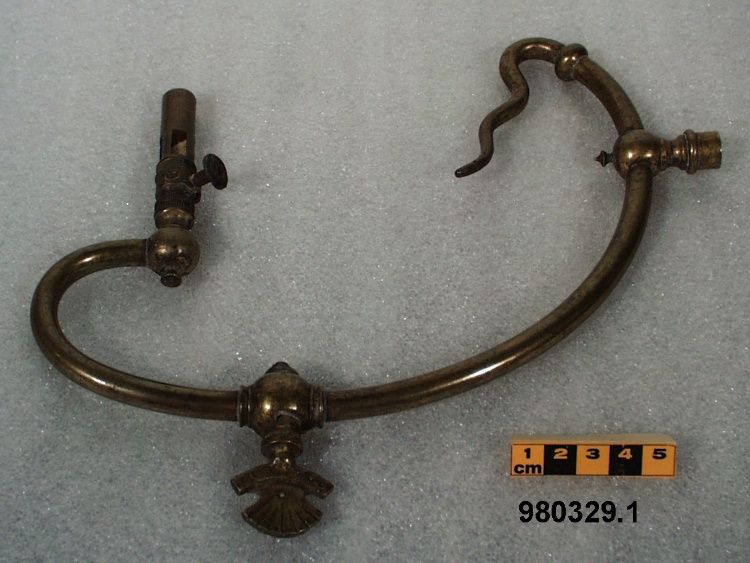Tube
Use this image
Can I reuse this image without permission? Yes
Object images on the Ingenium Collection’s portal have the following Creative Commons license:
Copyright Ingenium / CC BY-NC-ND (Attribution-NonCommercial 4.0 International (CC BY-NC 4.0)
ATTRIBUTE THIS IMAGE
Ingenium,
2007.0815.026
Permalink:
Ingenium is releasing this image under the Creative Commons licensing framework, and encourages downloading and reuse for non-commercial purposes. Please acknowledge Ingenium and cite the artifact number.
DOWNLOAD IMAGEPURCHASE THIS IMAGE
This image is free for non-commercial use.
For commercial use, please consult our Reproduction Fees and contact us to purchase the image.
- OBJECT TYPE
- metal
- DATE
- 1911
- ARTIFACT NUMBER
- 2007.0815.026
- MANUFACTURER
- Unknown
- MODEL
- Unknown
- LOCATION
- Unknown
More Information
General Information
- Serial #
- N/A
- Part Number
- 26
- Total Parts
- 41
- AKA
- N/A
- Patents
- N/A
- General Description
- Metal.
Dimensions
Note: These reflect the general size for storage and are not necessarily representative of the object's true dimensions.
- Length
- 48.0 cm
- Width
- 1.5 cm
- Height
- 1.5 cm
- Thickness
- N/A
- Weight
- N/A
- Diameter
- N/A
- Volume
- N/A
Lexicon
- Group
- Lighting Technology
- Category
- Lighting device parts
- Sub-Category
- N/A
Manufacturer
- AKA
- Unknown
- Country
- Unknown
- State/Province
- Unknown
- City
- Unknown
Context
- Country
- Canada
- State/Province
- Quebec
- Period
- First half of the 20th century.
- Canada
-
This chandelier originated from the home of M. Elzéar Bédard (1799-1849), who was the first mayor of Quebec City. This house is situated at 55 rue D’Auteuil in Quebec City. The home was originally built in 1842 or 1843 for M. Bédard, but was later purchased sometime in the mid 1920’s by Judge Jules-Arthur Gagné and his wife, Evangeline Garneau. Judge Jules-Arthur Gagné (1882-1956) was a graduate of the Faculté de Droit at Université Laval in 1905 and admitted to the bar in the province of Quebec that same year. In 1925, Judge Gagné was appointed as a lawyer for the bar in the section for Quebec City and in 1932, the same year that he received a doctorate from l’Université Laval, he was elected as president of the bar for the province of Quebec. After 20 years with the bar, Judge Gagné was appointed to the Quebec court of appeals in 1945, a post that he occupied until his death in 1956. - Function
-
The function of this artifact is unknown. - Technical
-
This chandelier is an example of domestic electrical lighting from the early 1900s, during an era when incandescent home lighting was not only the emerging dominant lighting technology, but was also a status symbol within the community at large, as it was made in a Victorian style, in the post Victorian age. Prior to this, it was not uncommon to find electric domestic fixtures manufactured in the Victorian style, as they were modeled from existing gas fixtures. This change came about at the 1925 World’s Fair in Paris, as a new artistic style was introduced known as “Art Moderne”. This stylistic movement influenced the shapes and styles of many domestic appliances in the late 1920’s and into the 1930’s by adding functional lines to design schemes, as well as Art Nouveau floral elements and Egyptian and Native American motifs. This modern movement met with smaller, but vibrant counter-movements harkening to earlier eras, both Victorian and Colonial. In the United States, the emerging upper middle class spurred on these counter-movements because it created a sense of parity with the established European elite. Lightolier, an American based lighting manufacturer established in 1904, marketed the “Empire” style, accompanied by the tag line “Inspired by the beauty of the past”. This elegant piece of advertising shows that despite the fact that Art Moderne was hip and trendy, there was still a demand for more established conventional styles within the marketplace. The main section of the chandelier and the pendant pieces are made of crystal. In 1673, George Ravenscroft patented the process of manufacturing crystal by adding varying quantities of lead to glass during the melting stage. He found that by altering the quantities of lead added to the glass, he could change its properties, making it heavier, stronger and more durable. Changing its light diffraction properties can also allow it to shimmer. While experimenting with lead additives, George Ravenscroft found that by not adding enough lead to the mixture, a blue tinge and a crizzling effect was added to the glass. The creation of this type of crystal required a team of 4 to 7 artisans to manufacture because of its thickness. By examining other period pieces found in publications such as Antique Lamp Buyers Guide and The Northern Electric General Catalogue from 1928 and 1935 (CSTM Trade Literature), one finds that the crystal pendants that make up the bulk of the chandelier are not unique. In fact, these three publications all have crystal pendants on incandescent lamps that are similar to those found on this chandelier. Because of the level of skill involved in creating thick walled crystal in interesting shapes, it is reasonable to infer that a higher purchase cost would have been incurred for this chandelier, and that this piece was possibly used as both a lighting fixture and a status symbol. - Area Notes
-
Unknown
Details
- Markings
- No markings.
- Missing
- The artifact appears complete.
- Finish
- Brass tube with darker streaks and spots on surface.
- Decoration
- No decoration.
CITE THIS OBJECT
If you choose to share our information about this collection object, please cite:
Unknown Manufacturer, Tube, circa 1911, Artifact no. 2007.0815, Ingenium – Canada’s Museums of Science and Innovation, http://collections.ingeniumcanada.org/en/id/2007.0815.026/
FEEDBACK
Submit a question or comment about this artifact.
More Like This





















